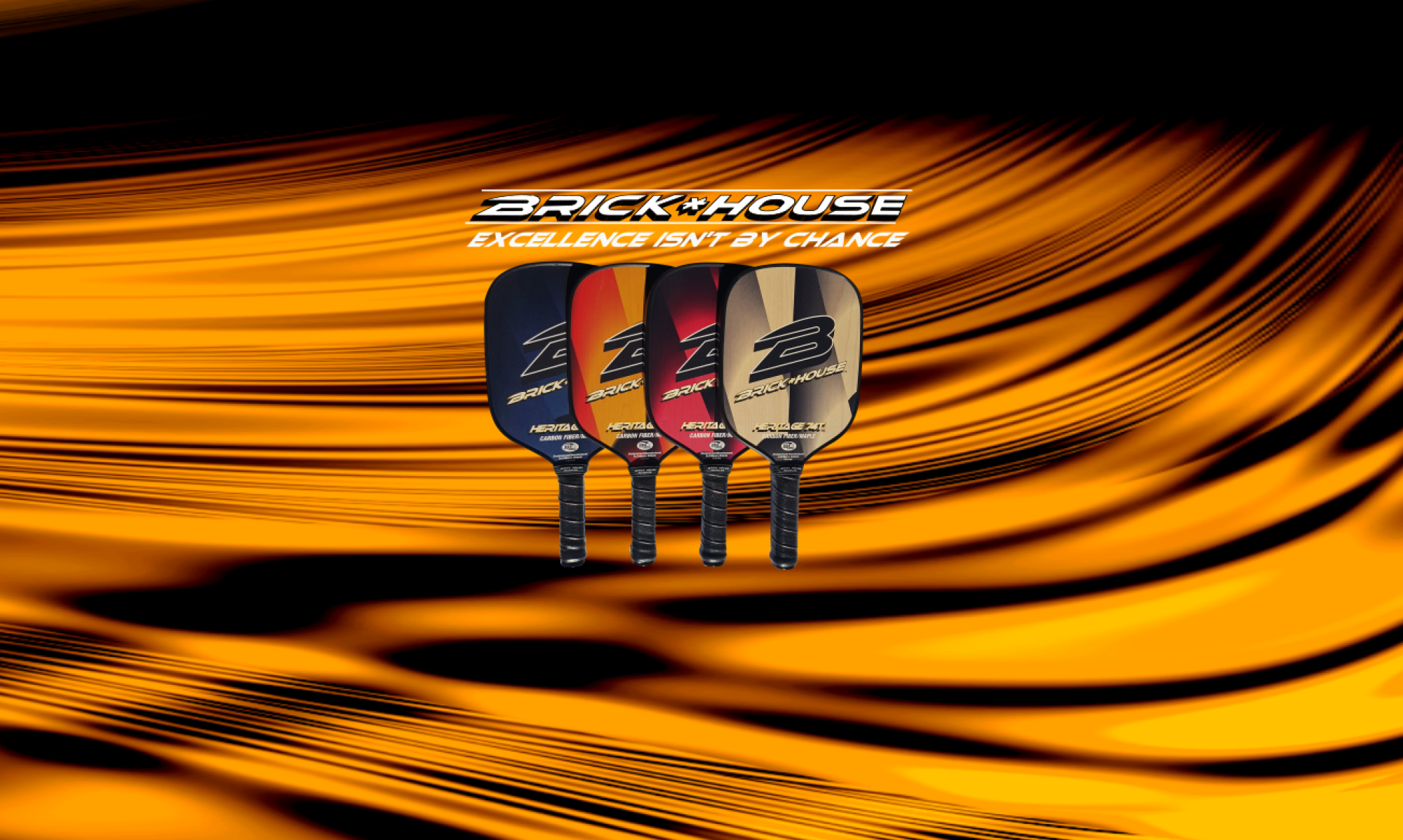I dedicate a lot of time to paddle research and development, but still can’t figure out the purpose of the open throat design. I’ve tried posing the question on several larger Facebook forums: ‘What is the purpose of the open-throat design? I never seem to receive a solid, fact-based response or even a reasonable subjective justification for the design.
At one point, I read that the open throat was meant to give the paddle more whip, similar to a golf club shaft. However, this concept was negated by a new USAPA test, so that justification doesn’t hold up.
Some claim the open throat design reduces wind resistance, making the paddle faster. I struggle with this concept. It seems impossible that removing two or three square inches at the bottom of the paddle would significantly impact its speed and agility. Reducing wind resistance at the slowest part of the paddle would have the least effect. If this were even partially true, surely some of the paddle testers that spend 100’s of hours counting ball rotations to calculate paddle spin would be all over this. But no.
If the objective was to reduce paddle weight for increased agility, then the open area would be at the top of the paddle. To increase agility, you move the balance point closer to the handle, not further away. Also, for increased agility, a paddle should be well under 8.0 oz, which most are not.
Others claim that open throat paddles have more power. That might be true, but that doesn’t come from the open throat; it comes from the core type and the weight of the paddle. So, it’s not really not it.
Most open-throat paddles seem to be edgeless (trim-free), which appeals to those concerned about losing an eighth of an inch in paddle surface due to edge trim. I’m not sure how losing 5 to 10% of surface area on the face of the paddle makes sense.
So, what is the purpose of the open-throat design?
I suspect it’s more about differentiation than innovation. Not everything that happens in the paddle business is for the benefit of increased performance. Perhaps the design is just another attempt to introduce a higher cost of entry for new and existing pickleball paddle manufacturers for a new technology.
Everyone is different when it comes to what they like in a paddle. If an open-throat paddle works for you, then that’s a good paddle. Personally, I’m not sold on the open throat and to me there is no valid reason to pay a premium to give up paddle real estate. Having played several modles and designs, I will take a traditional paddle any day; my game needs all the surface area I can give it.”
